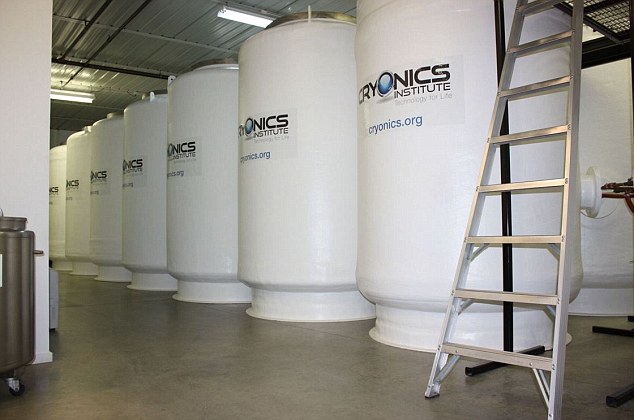Nature's workforce: Balranald Shire Council discovers living history in pest control efforts
Kimberly Grabham
30 July 2025, 8:00 PM

The Balranald Shire Council team has been making significant progress in their ongoing vegetation management program, with recent work focusing on tree trimming and weed control at Balranald Cemetery and along Soady Lane.
However, it was an unexpected discovery during their prickly pear control efforts that has provided a fascinating glimpse into one of Australia's most celebrated conservation success stories.
While conducting routine African boxthorn and prickly pear control work, council staff made an exciting find - cactoblastis moth larvae thriving within some of the local prickly pear plants.
This discovery represents far more than just another insect sighting; it's evidence of a biological control program that has been quietly protecting Australian landscapes for nearly a century.
The presence of these tiny larvae connects Balranald directly to one of the most remarkable environmental recovery stories in Australian history. In the early 1900s, prickly pear cactus had become an agricultural catastrophe of enormous proportions.
Introduced accidentally in the late 1700s, the hardy cactus spread with devastating efficiency across Queensland and New South Wales, eventually covering an estimated 25 million hectares of productive farmland and grazing country.
By the 1920s, the situation had become so dire that vast areas of the country were essentially unusable, with impenetrable walls of prickly pear reaching heights of several metres.
Entire farming communities were under threat, and conventional control methods had proven woefully inadequate against the cactus's remarkable ability to spread and regenerate.
The solution came from an unlikely source - a small moth from Argentina called Cactoblastis cactorum.
After extensive testing to ensure it would only target prickly pear and not native or crop plants, the cactoblastis moth was released in Queensland in 1926. The results were nothing short of spectacular.
The cactoblastis moth larvae work as nature's demolition experts.
They bore into the fleshy pads of the prickly pear, creating tunnels that weaken the plant's structure and make it vulnerable to bacterial rot and other diseases.
As the larvae feed and grow, they effectively hollow out the cactus from within, eventually causing the entire plant to collapse and die.
What made this biological control so effective was its self-perpetuating nature. Adult moths would emerge from the dying cacti, mate, and then seek out healthy prickly pear plants on which to lay their eggs, naturally spreading the control program across the landscape without any human intervention.
Within just two decades, the cactoblastis moth had reduced the prickly pear plague from a national emergency to a manageable agricultural concern.
Millions of hectares of country were reclaimed for farming and grazing, and the moth's success became a model for biological control programs worldwide.
The discovery of active cactoblastis larvae around Balranald demonstrates that this biological control system is still functioning effectively nearly 100 years after its introduction.
Council staff have been able to harness this natural process by carefully transferring infected cactus material to areas with uninfected prickly pear plants, essentially helping to maintain and spread the biological control network.
This approach represents integrated pest management at its finest.
Rather than relying solely on herbicides or mechanical removal, the council is working with natural processes that have already proven their effectiveness over decades. The method is environmentally sustainable, cost-effective, and requires minimal ongoing intervention once established.
The prickly pear control work forms part of a comprehensive vegetation management program that also includes ongoing efforts to control African boxthorn, another significant introduced pest plant.
African boxthorn presents different challenges, with its thorny, dense growth habit making it particularly problematic in areas like cemeteries and along roadways where public access is important.
The combination of biological control for prickly pear and targeted management of other pest species represents a strategic approach to landscape management that recognises the different tools needed for different problems.
By maintaining these control programs, the council is helping to preserve the agricultural productivity and natural values of the Balranald area for future generations.
The ongoing success of the cactoblastis moth program serves as a reminder of the power of well-planned biological control.
As climate change and other environmental pressures continue to challenge land managers across Australia, the lessons learned from the prickly pear campaign remain relevant and valuable.
For the Balranald community, the presence of these tiny moth larvae represents both a connection to an important piece of Australian environmental history and a practical tool for ongoing land management.
The council's work in supporting and maintaining this biological control system ensures that one of conservation's greatest success stories continues to benefit the local landscape.
As the team continues their vegetation management work across the shire, they're not just maintaining public spaces - they're participating in a conservation program that has been protecting Australian agriculture and natural environments for nearly a century.














